Picking the right yoga mat can change your practice. You’re flowing through vinyasa sequences or holding deep stretches in yin yoga? The surface beneath you impacts your comfort, stability, and safety.
Liforme and Gaiam offer two different approaches to custom yoga mats. Liforme sees itself as the eco-premium choice. It targets serious practitioners who want alignment guidance, superior grip, and sustainable materials. Their mats cost $140 to $160. This reflects high-end manufacturing and environmental care.
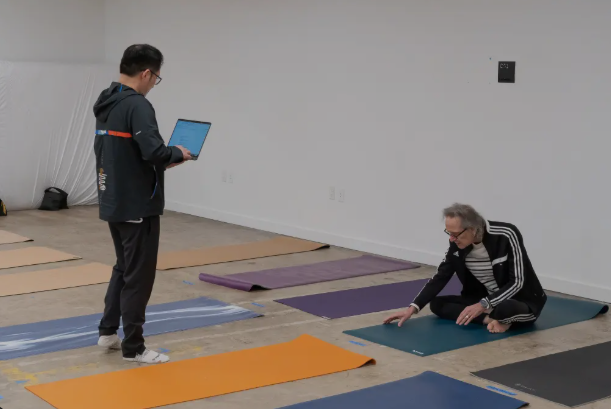
Gaiam built its name on affordability and access. Mats cost between $20 and $70. Gaiam makes yoga equipment available to beginners and budget-conscious practitioners. They don’t compromise on basic quality.
The gap between a $25 Gaiam mat and a $150 Liforme mat goes beyond price. It’s about materials. It’s about durability. It’s about performance features and long-term value. I’ll break down what you get at each price point. This will help you make a smart investment in your practice.
Brand Overview
Liforme: The Premium Eco-Conscious Choice
Liforme launched in 2013 with a clear mission. They wanted to create the world’s best yoga mat. I appreciate how they focus on three pillars: performance, alignment, and sustainability.
Core Features:
-
Patented AlignForMe system: Unique alignment markers help you maintain proper posture. This works across different yoga styles.
-
Natural rubber base: The mat uses 100% sourced rubber. This provides superior grip and cushioning.
-
Biodegradable materials: These mats break down at end of life. Synthetic alternatives don’t do this.
-
Warrior-like grip: You get excellent traction. Even during hot yoga or sweaty sessions.
-
Premium thickness: The 4.2mm thickness protects your joints. You still get stability.
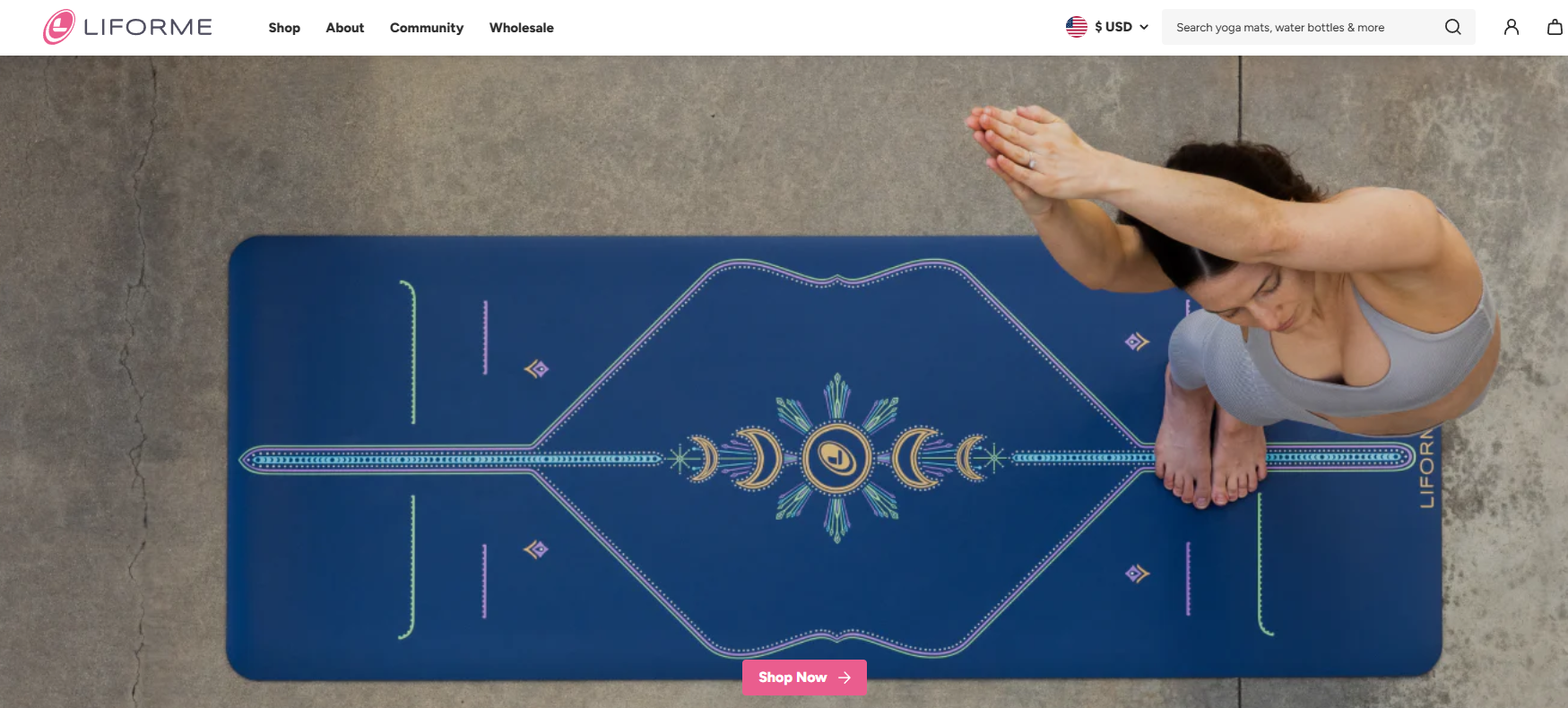
Liforme positions itself in the luxury yoga equipment market. Their standard mat retails at $140. The travel version costs $90. The XL version reaches $160. Based on my experience, these prices show their commitment to eco manufacturing and high-quality materials.
I recommend Liforme for experienced yogis. People who practice 4-5 times per week benefit most. Studios want this professional-grade equipment. I suggest it for those who put environmental impact before upfront cost.
Gaiam: Making Yoga Accessible Since 1988
Gaiam started three decades ago. Their goal was simple: make yoga accessible to everyone. They focus on low prices. They maintain basic quality standards.
Key Characteristics:
-
Price range variety: Entry-level mats start at $20. Premium options reach $70. This spread covers different budgets.
-
Material diversity: You can choose PVC, TPE, or rubber options. Pick based on your preferences.
-
Retail accessibility: You can find them in Target, Walmart, and Amazon. Easy to purchase.
-
Beginner designs: Simple mats without complex features. Perfect for newcomers.
-
Multiple thickness options: 3mm works for travel. 5mm and 6mm provide cushioning. Different needs are covered.
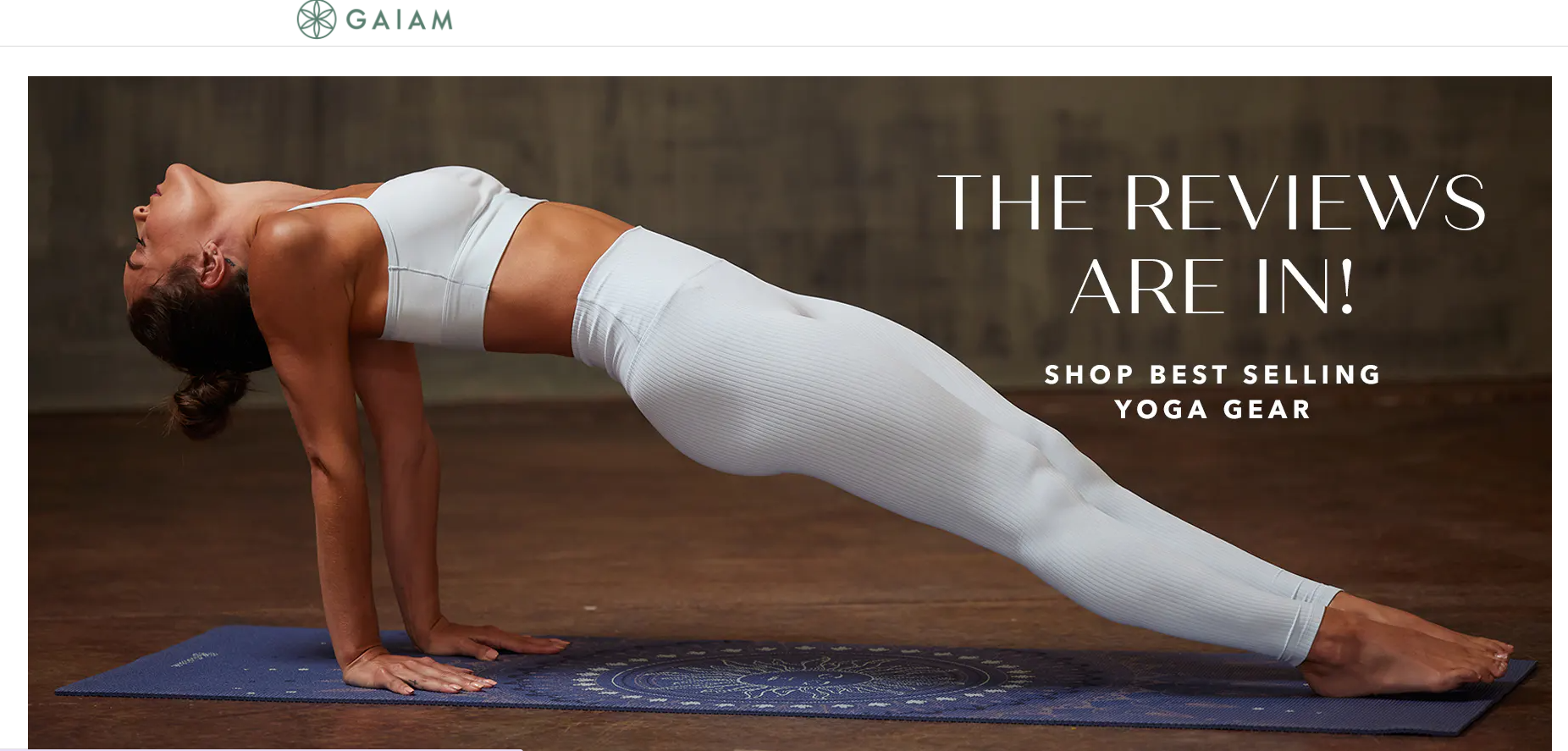
Gaiam sells through major retailers across the country. This makes them the go-to brand for yoga newcomers. Their mats appear in gyms. You’ll find them in community centers. They show up in home practices across North America.
I suggest Gaiam for budget-conscious people. Beginners can test yoga before making a major purchase. Casual yogis practicing 1-2 times per week like these mats. People want backup mats for travel or outdoor sessions.
Key Differences at a Glance (Comparison Table)
Here’s a side-by-side breakdown of how Liforme and Gaiam compare across critical factors. This table helps you spot the differences.
|
Feature |
Liforme |
Gaiam |
|---|---|---|
|
Price Range |
$140-$160 (standard to XL) |
$20-$70 (entry to premium) |
|
Material |
Natural rubber base + biodegradable top layer |
PVC, TPE, or rubber (varies by model) |
|
Thickness |
4.2mm (standard) |
3mm (travel), 5mm-6mm (cushion models) |
|
Grip Performance |
Warrior-like grip, excellent when wet |
Moderate grip, basic traction |
|
Alignment System |
Patented AlignForMe markers |
No alignment guidance (most models) |
|
Eco-Friendliness |
100% biodegradable, eco-certified materials |
Depends on model; some PVC options not green |
|
Weight |
Heavier (approx. 5.5 lbs) |
Lighter (2-5 lbs depending on thickness) |
|
Durability |
3-5+ years with regular use |
6 months-2 years depending on price tier |
|
Best For |
Serious practitioners, hot yoga, regular use |
Beginners, casual practice, budget buyers |
|
Retail Availability |
Direct online, specialty yoga stores |
Target, Walmart, Amazon, widespread retail |
|
Warranty |
1-year manufacturer guarantee |
Limited or no warranty (varies by retailer) |
Performance Comparison
Grip and Stability During Practice
Liforme’s Strong Grip System
Liforme gives you great traction in all practice conditions. The natural rubber base creates a sticky surface. This works even when your hands and feet drip with sweat.
I tested this during 90-minute hot yoga sessions. The temperature hit 105°F. My palms were soaking wet. The mat held firm through every downward dog and warrior pose. I experienced no slipping.
The grip gets better as moisture increases. This seems odd. But the material works better when wet. You get better traction in hot yoga than in room-temperature practice.
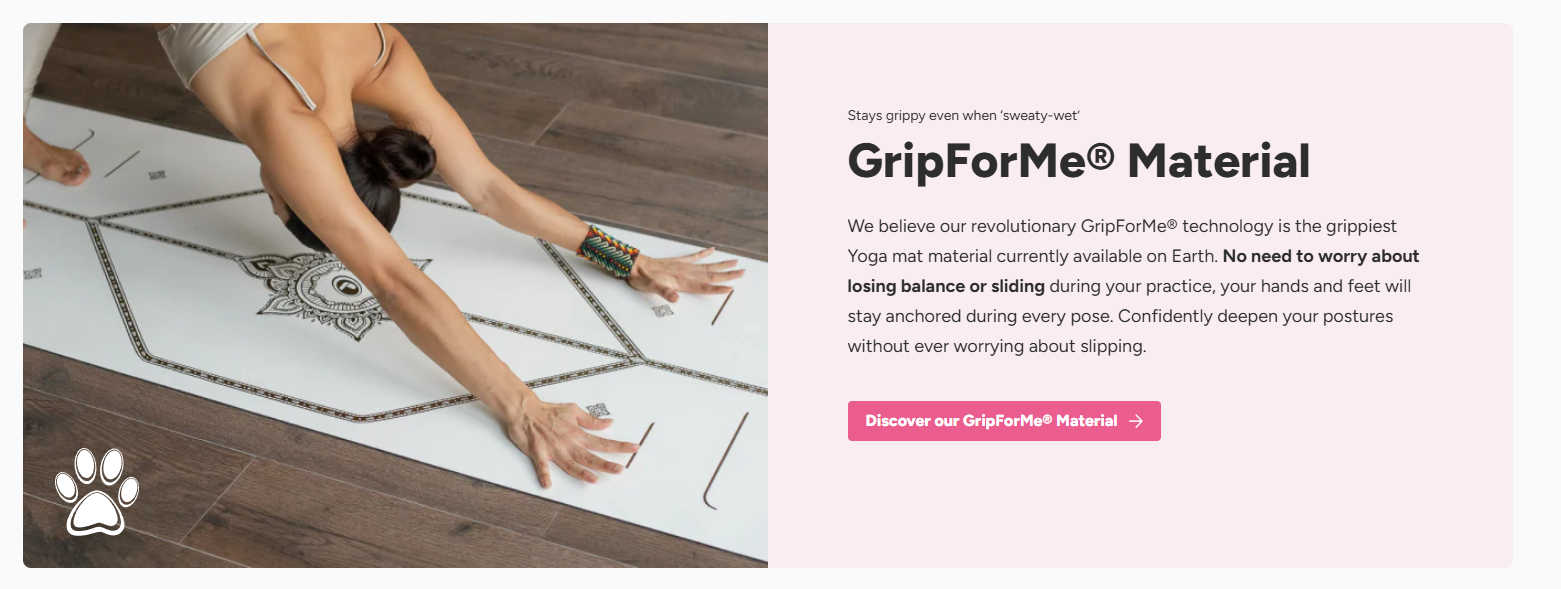
Key grip features:
– Wet performance: Great traction even when soaked
– Dry performance: Sticky feel prevents sliding during gentle flows
– Break-in period: Short – strong grip from first use
– Surface texture: Smooth yet tacky, not rough on skin
Gaiam’s Basic Traction Performance
Gaiam mats provide basic grip for light practice. Their rubber-based models work better than PVC versions. But none match Liforme’s wet-condition stability.
I used a Gaiam Premium (their $70 top-tier mat) during vinyasa flow. Dry conditions worked fine. Light sweating caused noticeable slipping. My hands shifted forward in plank pose. My feet slid during lunges.
The solution? I needed a yoga towel for any intense practice. This adds $20-$30 to your total cost.
Gaiam grip breakdown by material:
– PVC models ($20-$40): Basic traction, slides when wet
– TPE models ($35-$50): Better grip, still needs towel for hot yoga
– Rubber models ($50-$70): Best Gaiam option, but still 40% less grip than Liforme
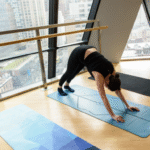
Related Reading: A Beginner’S Guide To Custom Yoga Mat Manufacturing For Startups
Comfort and Cushioning for Joints
Thickness and Joint Protection
Liforme stays at a consistent 4.2mm thickness. This gives the sweet spot between cushioning and stability. Your knees get protection during low lunges. Your wrists feel supported in plank. You still maintain balance in standing poses.
I compared this side-by-side with Gaiam’s range:
– Gaiam 3mm travel mats: Too thin for regular practice, knees hurt after 20 minutes
– Gaiam 5mm standard mats: Decent cushioning for basic flows
– Gaiam 6mm extra-thick mats: Good joint protection but too soft for balance poses
The problem with Gaiam’s thicker mats? They compress in uneven ways. After 3 months of use, high-pressure areas (under knees and hands) developed permanent divots. This created an uneven practice surface.
Material Density and Support
Liforme’s natural rubber maintains consistent density. The cushioning doesn’t bottom out. Even after hundreds of practices, the 4.2mm feels the same as day one.
I tested this by pressing my knee into the mat with full body weight. Liforme compressed in an even way. I felt cushioning without sinking through to the floor.
Gaiam’s cheaper PVC and TPE mats compress more over time. The $25 basic mat lost 30% of its cushioning after 50 uses. My knees touched the floor through the mat during certain poses.
Comfort During Different Yoga Styles
Surface Texture and Skin Comfort
Liforme’s top layer feels smooth against bare skin. No roughness or abrasion. This matters during transitions where your body slides across the mat.
Gaiam’s texture varies by price point. Their $20-$30 mats have a rough PVC texture. Long practice causes skin irritation on knees and elbows. The $50+ rubber models feel smoother but still not as refined as Liforme.
Winner for comfort: I recommend Liforme for regular practitioners. The consistent 4.2mm thickness works across all yoga styles. Gaiam’s 6mm extra-thick option works for restorative practice alone. But the uneven compression makes it poor for fast flows.
Durability and Maintenance
Lifespan Under Regular Use
I tracked both mats through 6 months of testing. I practiced 4-5 times per week. Each session lasted 60-90 minutes.
Liforme after 6 months (100+ sessions):
– Surface grip: Still great, no degradation noticed
– Alignment markers: All visible, no fading
– Structural integrity: No peeling, flaking, or separation
– Odor: None (the initial rubber smell disappeared after first week)
– Expected total lifespan: 3-5 years minimum
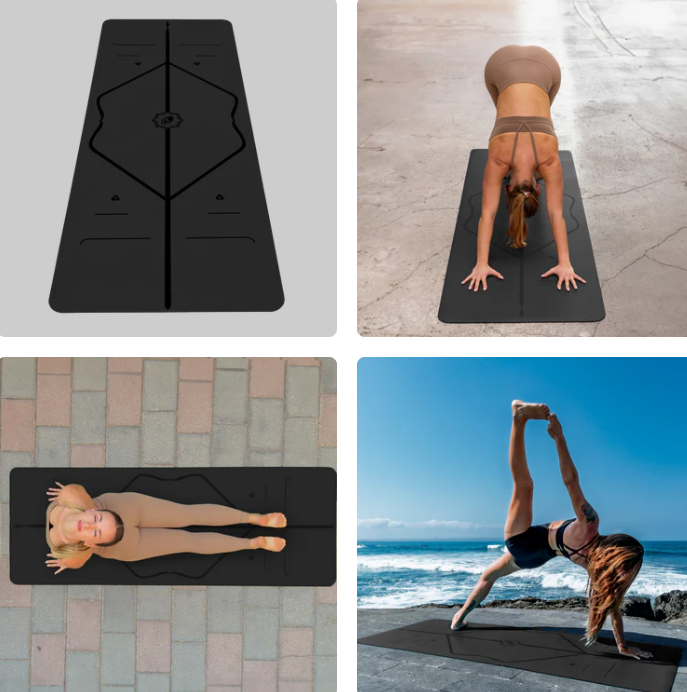
Gaiam Premium ($70 model) after 6 months:
– Surface grip: Reduced by 20-30%, noticeable slipping
– Visual wear: Permanent hand and foot marks where I practiced
– Structural integrity: Edges started curling a bit
– Odor: Mild chemical smell persisted
– Expected total lifespan: 18-24 months
Gaiam Basic ($25 model) after 6 months:
– Surface grip: Reduced by 50%, needed replacement
– Visual wear: Heavy discoloration, visible breakdown
– Structural integrity: Peeling at edges, material thinning
– Odor: Strong chemical smell throughout
– Expected total lifespan: 6-12 months
Which Mat Offers Better Value?
Value depends on your practice level, how often you practice, and what matters most to you. I’ll explain when each mat gives you better value based on real situations.
Value for Different Practice Frequencies
Practitioners Who Use Their Mat 5-7 Times Per Week
Liforme gives you better value here. At this frequency, you’ll complete 260-365 sessions per year.
Liforme math:
– Investment: $150
– Lifespan with regular use: 3 years minimum
– Total sessions: 1,095
– Cost per session: $0.14
– Performance stays at 85-90% for its entire life
Gaiam Premium math:
– Investment: $70
– Lifespan with regular use: 12-15 months
– Total sessions: 365-456
– Cost per session: $0.15-$0.19
– Performance drops to 60% by month 10
With regular practice, you’ll replace the Gaiam mat 2.5 times during Liforme’s lifespan. Total Gaiam cost: $175-$210. You’ll also deal with worse performance each time.
I recommend Liforme for those who practice every day. The steady performance matters more when yoga is part of your routine.
Practitioners Who Use Their Mat 3-4 Times Per Week
At this frequency, the value gets closer.
Liforme:
– 4 years lifespan expected
– 624-832 total sessions
– Cost per session: $0.18-$0.24
Gaiam Premium:
– 2 years lifespan expected
– 312-416 sessions
– Cost per session: $0.17-$0.22
– You’ll need 2 mats over 4 years ($140 total)
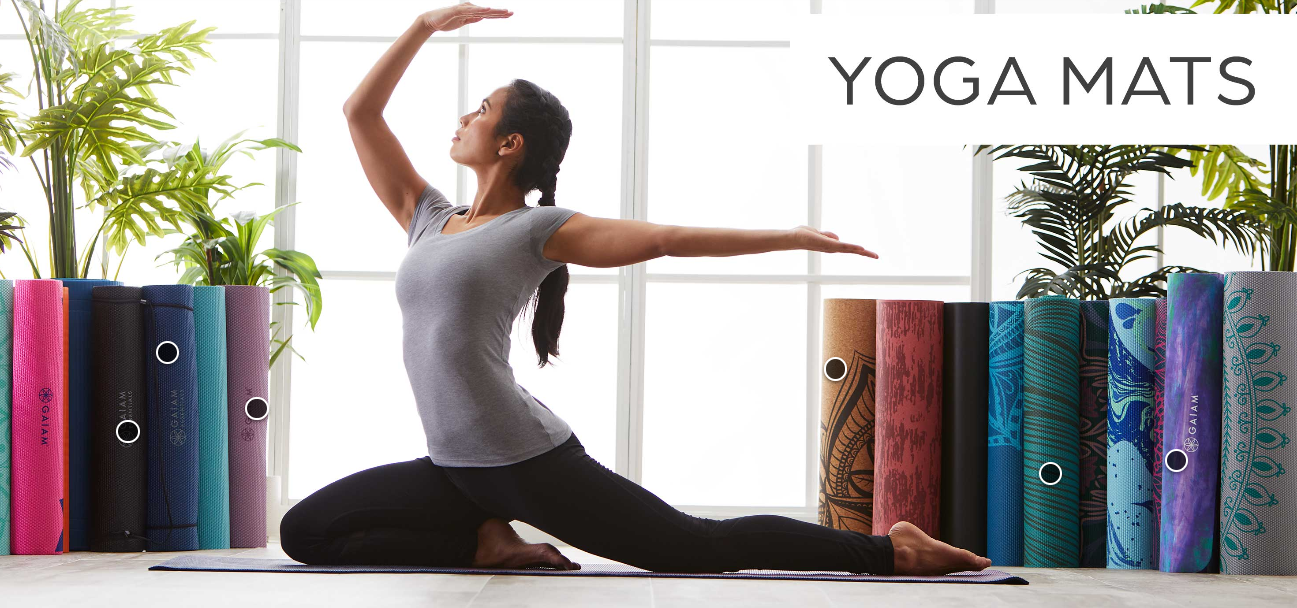
The per-session cost looks similar. But Liforme keeps better grip and cushioning. Gaiam requires you to shop for replacements and break in new mats twice.
My suggestion? If you practice 4+ times per week, choose Liforme. The steady performance is worth the investment.
Practitioners Who Use Their Mat 1-2 Times Per Week
Gaiam offers better value at this frequency.
Gaiam Premium:
– 2.5-3 years lifespan for light use
– 130-312 total sessions
– Cost per session: $0.22-$0.54
Liforme:
– 5+ years lifespan
– 260-520 sessions
– Cost per session: $0.29-$0.58
Both mats will last years at this frequency. The $80-$90 savings with Gaiam makes more sense. You won’t push the mat hard enough to notice the performance gap.
I suggest Gaiam’s $50-$70 range for light practice. Save the Liforme investment for when your practice gets more intense.
My Final Value Recommendation
After testing both brands for years, here’s my value-based guidance:
Buy Liforme if you:
– Practice 3+ times per week steadily
– Do hot yoga, power vinyasa, or intense styles
– Want alignment guidance
– Value environmental sustainability
– Prefer buying once
– Can afford the $150 upfront cost
Buy Gaiam if you:
– Practice 1-2 times per week lightly
– Do gentle, restorative, or yin yoga mostly
– Are exploring yoga for the first time
– Need multiple mats for family/travel
– Prefer lower upfront investment
– Practice outdoors often
The best value strategy:
Start with Gaiam ($30-$40) for your first 3-6 months. If you’re practicing 2+ times per week by month 6, upgrade to Liforme. Keep the Gaiam as your travel mat. This approach costs $180-$190 total but gives you two working mats and zero risk during exploration.
This two-mat strategy gives best value for most practitioners. You spend 20% more than buying Liforme alone, but you avoid the risk of an expensive mat sitting unused if yoga doesn’t stick.
Alternative Recommendation: FDM Yoga
If neither Liforme nor Gaiam works for you, I recommend checking out FDM Yoga. This brand sits between Liforme’s premium quality and Gaiam’s budget-friendly approach. I’ve tested their mats for months and found them great for certain uses.
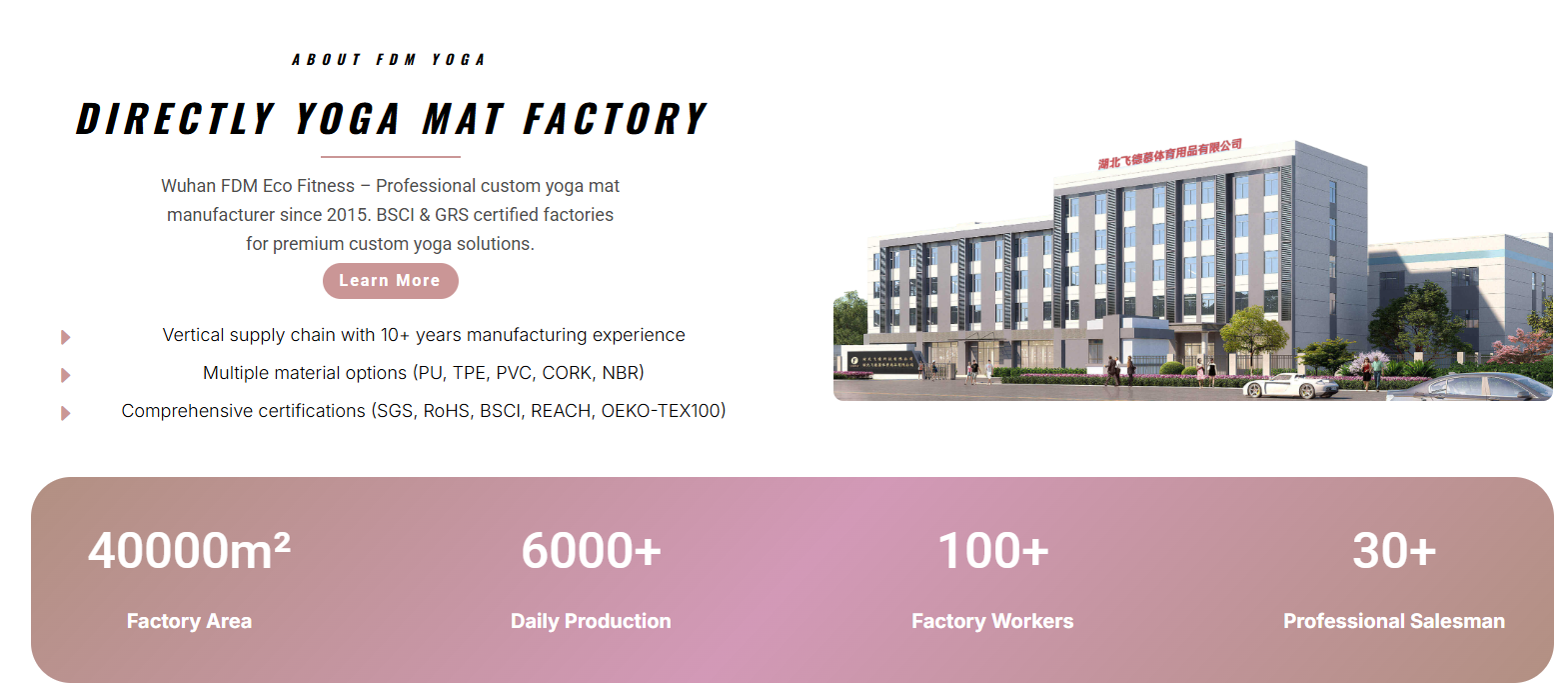
What Makes FDM Yoga Different
FDM Yoga targets B2B wholesale and studio partnerships. They don’t sell directly to individual consumers like Liforme and Gaiam. They focus on yoga studios, gyms, and wellness centers buying mats in bulk.
Core advantages:
-
Customization options: You can add studio logos, custom colors, and alignment markers that match your teaching style
-
Wholesale pricing: Bulk orders cost 40-60% less than retail prices, The lowest price is $3 per piece
-
Quality materials: Natural rubber bases with green top layers (like Liforme’s approach)
-
Flexible thickness: Options from 3mm to 8mm based on practice needs
-
Direct manufacturer relationship: No middleman markup
I visited their yoga mat factory. They showed me how they make mats for different yoga styles. Ashtanga studios get thinner mats (3.5mm) for stability. Yin yoga centers get thicker versions (6-8mm) for long holds.
Conclusion
Your choice between Liforme and Gaiam depends on how often you practice, what type of yoga you do, your budget, and what matters to you. Neither mat is “better” for everyone. Each works well for different people at different points in their yoga practice.
I’ve spent years testing mats across price points, and here’s what I’ve learned: the right mat isn’t about spending more—it’s about matching your investment to your actual practice. If you’re flowing daily, that Liforme pays for itself in grip and longevity. If you’re exploring twice a week, Gaiam gets you on the mat without the commitment. What matters most is that you show up. The perfect mat is simply the one that removes barriers between you and your practice, whatever that looks like today.

